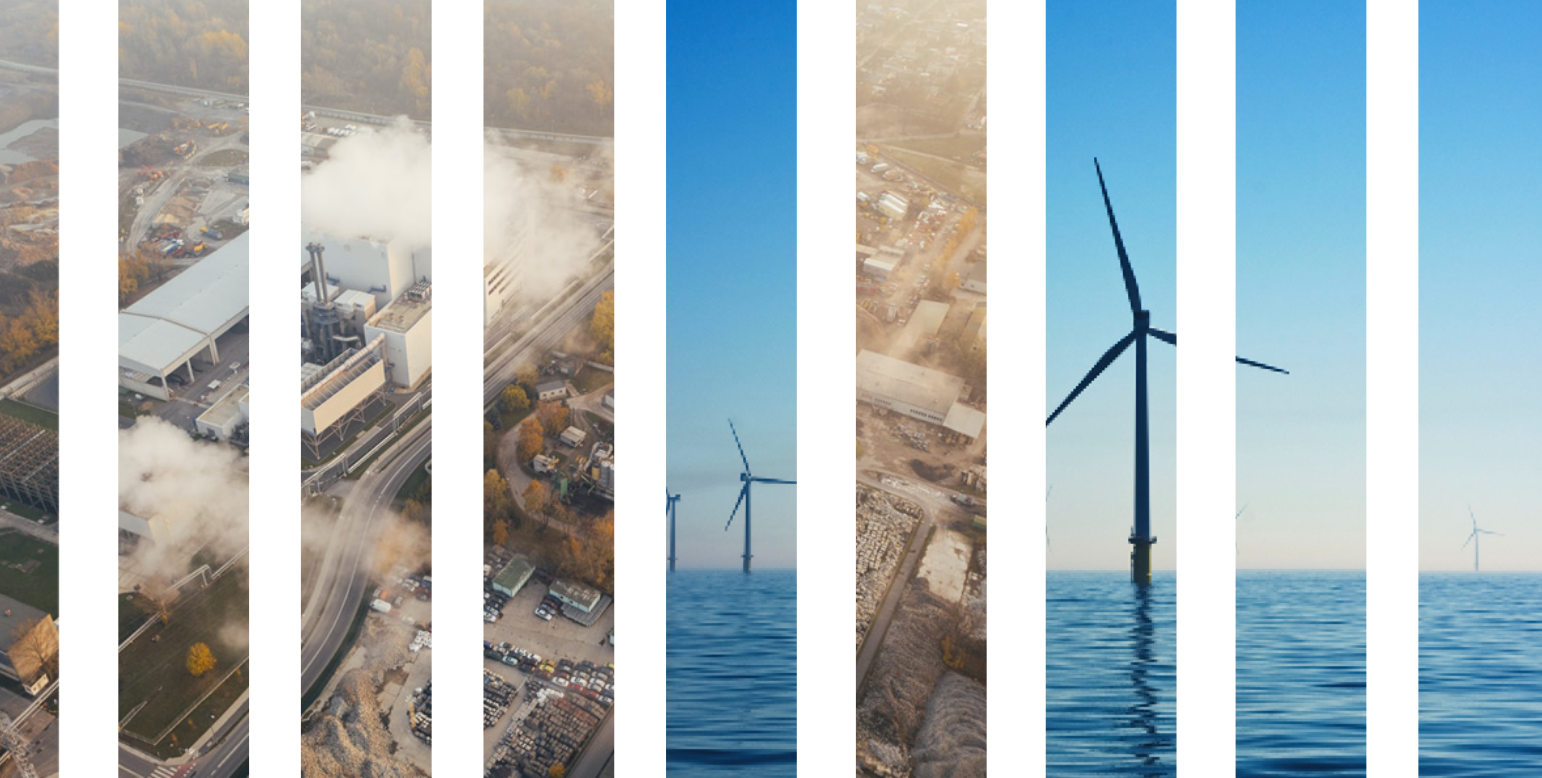




Сarbon neutrality is greenhouse gas reduction to zero level in the process of the company activity. The goal of the concept is to create a responsible attitude of business to the environment and an understanding of the necessity to comply with modern requirements of the business sustainable development and ESG concept.
Accounting for greenhouse gases allows complying with ESG tendencies, being an active participant in the new low-carbon market. Therefore, companies need to be able to calculate their emissions, know how to optimize and offset them with the view to achieving Net Zero Carbon. It creates green investment flows and new socially responsible clients. In the future, these skills, will let businesses save a large amount of money on the pay carbon tax, which system is being developed now by various countries in the frame of the Paris Climate Agreement.

There are 2 key standards of greenhouse gas reporting for enterprises: GHG Protocol and SO 14064. They highlight 2 main methodologies. Three Scopes for accounting of greenhouse gas emissions exist:
Scope 1 – direct emissions. The greenhouse gas emissions from their own sources or company assets.
Scope 2 – indirect energetic emissions that are generated from the consumption of energy produced by external sources.
Scope 3 — indirect emissions on the entire chain of company business process as incoming and outgoing connections. It includes all other greenhouse gas emissions that turn out as the result of company activity on the entire supply chain and marketing.
Scope 1 and Scope 2 emission calculations are necessary during the preparation of non-financial reporting according to GHG Protocol or ISO 14064.
Emissions are assessed by the companies that have long-term and ambitious goals in sustainable development, achievement of carbon neutrality and making an additional profit from ecologically focused consumers and investors.
The author’s course “Calculation, optimization and compensation of greenhouse gases according to the best international practices” is developed. It is available on the educational platform. To date, we develop the course in English for our foreign audience.
To read our and other articles in the Innovation Media magazine, follow the link ⇒ In-Me magazine
Authors: llya Zavaleev, Vladislav Rossinsky
Additionally:
Сourse on calculating greenhouse gas emissions
A Course of Lectures on the Green Economy
The Concept of Carbon Neutrality
Calculation of the Carbon Footprint
ESG, Development of the Company’s Climate Strategy